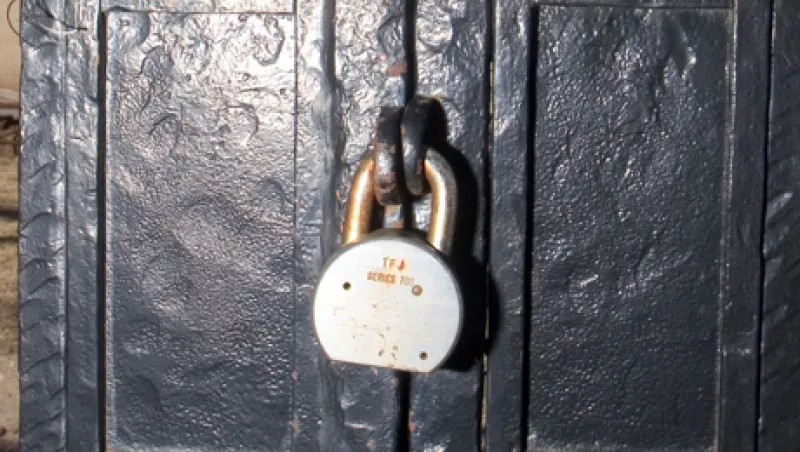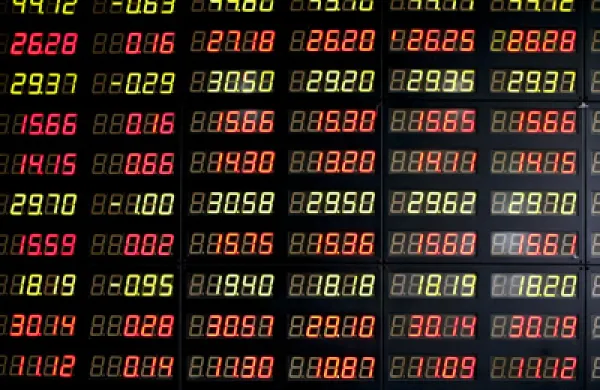Suddenly there’s all this buzz about lockups. And all these questions.
Did Facebook’s founding investor Peter Thiel really sink Facebook stock by selling about 20 million shares at $19.27 to $20.69 each on August 16 and 17 — just days after the lockup expired?
How many shares of Groupon do its insiders still own, now that the lockup is over and the shares are selling at about $4 a share, nearly 80 percent lower than the IPO price of $20 a share?
Why did Yelp shares jump more than 20 percent the first day after its first lockup expired?
Lockups are nothing new to the IPO process. Indeed lockup expirations are more blog chatter than significant news. They refer to a period of time after a company has initially gone public, usually between 90 to 180 days, during which company insiders and major shareholders agree not to sell any of their shares unless they are permitted to do so at the discretion of the underwriter.
IPO lockups are Wall Street’s dirty little secret. They are there, and they are not. Underwriters insist that insiders will not be allowed to sell their shares during the lockup, to assure that they won’t bail out en-masse and depress share price, thus scaring away new investors. But more often than not they allow a select number of insiders to sell, without adequate warning or disclosure.
In the case of Facebook, the selling by insiders such as Peter Thiel became so pervasive that CEO Mark Zuckerberg had to publicly announce he would not sell any of his shares for at least a year. He wanted to convince investors that he and other managers were staying the course and that the rampant insider selling was not a sign of eroding confidence in the company.
Many bankers worry that insiders are using the “discretion of the underwriter” provision to defeat the intent of a lockup and that such discretionary sales are disclosed only after the fact. Most important, the SEC has done little to require greater timely disclosure of the process, disclosure that might bring some order and greater transparency to post-IPO trading.
In the case of LinkedIn, which went public on May 19, 2011 and whose 180 day lockup expired on November 19, 2011, the company filed more than two dozen statements with the SEC, a number of which are about “changes in beneficial ownership,” that is, insiders trading stocks. Similarly, Groupon filed more than two dozen statements with the SEC during its lockup, a significant number of which denoted changes in beneficial ownership.
A lockup period is intended to allow investors to observe a company, says Robert Raucci of Newlight Management, an investment management firm that focuses on technology companies. The idea is to protect the public from insiders dumping stock and to allow the market to develop without pressure from sales by major shareholders, adds Raucci.
The lockup is also intended to modulate the amounts of stock that insiders can sell in one fell swoop. “Selling pressure from insiders could depress prices and create an overhang that would inhibit potential buyers,” notes attorney Joseph Bartlett in his book, Fundamentals of Venture Capital.
For that reason, bankers worry that selective release also hurts stockholders that are not released. “If share prices drop when there is selling pressure, wouldn’t it also hurt shareholders who cannot sell?” asks a veteran banker who has been through several boom and bust cycles and who spoke on condition of anonymity. “This is the dark side of the lockup business. And the SEC, which can mandate disclosure and require timely reporting, is doing little to help,” the banker adds.
Lockups have never been as secure as they are made out to be. In soliciting business, many underwriters have routinely promised some insiders — usually white-shoe VCs and founding superangels — discretionary releases. Often it was an inducement to get additional business. And because the insider sales did not have to be reported until it was complete, even the buyer of the stock would never know that the seller was an insider.
It doesn’t take much to correct the discretionary release loophole. Two simple suggestions would be to require all insiders to disclose their intent to sell, especially within the lockup and immediately at the end of the lockup, and to allow all insiders to sell within the lockup if underwriters permit one to do so.
When President Obama signed the JOBS bill into law, one of the goals was to promote capital formation with a minimum of disclosure and regulation, but capital formation is a two-way street. If you want to help companies raise capital, you also need to protect investors that are offering up the capital.
Creating greater real-time transparency about trades, especially during the lockup period could be a good start.






